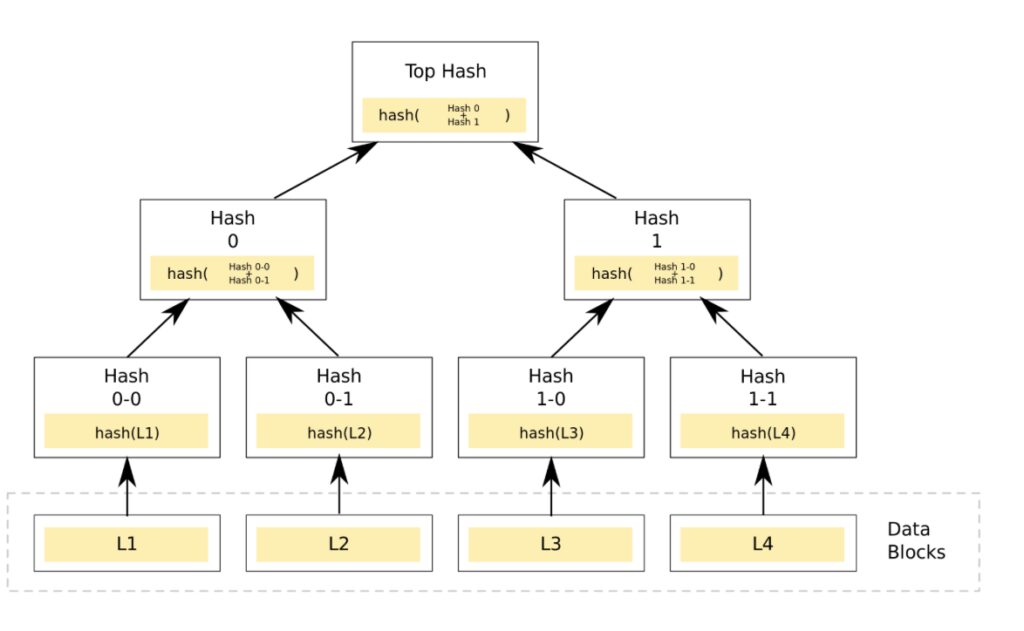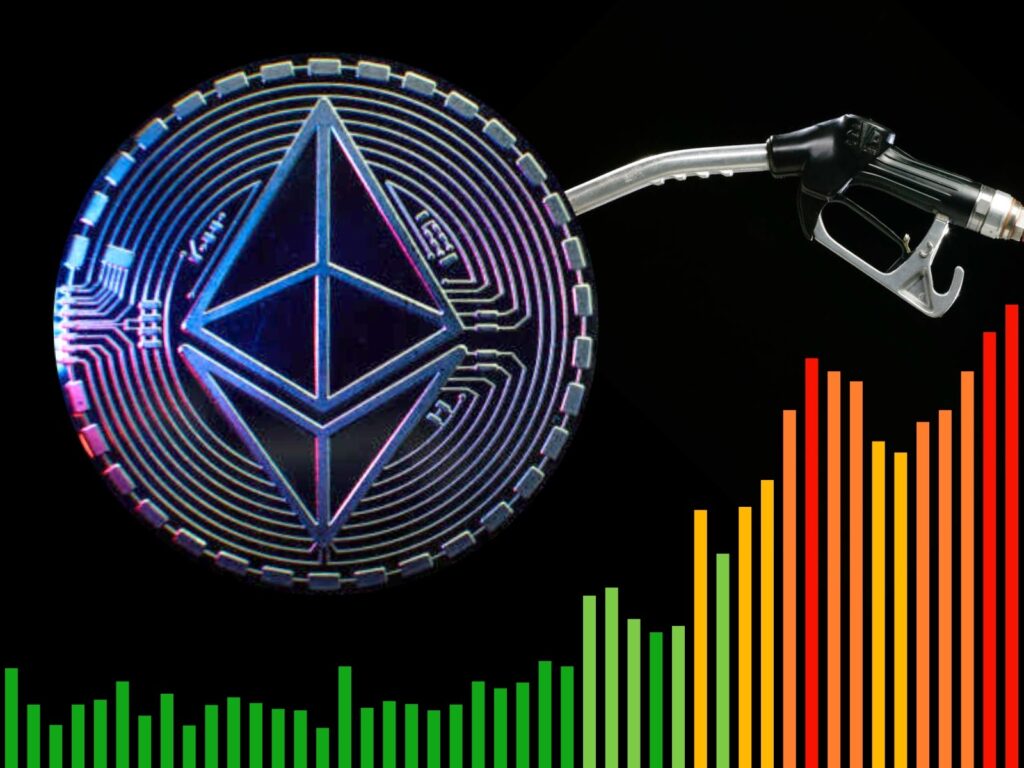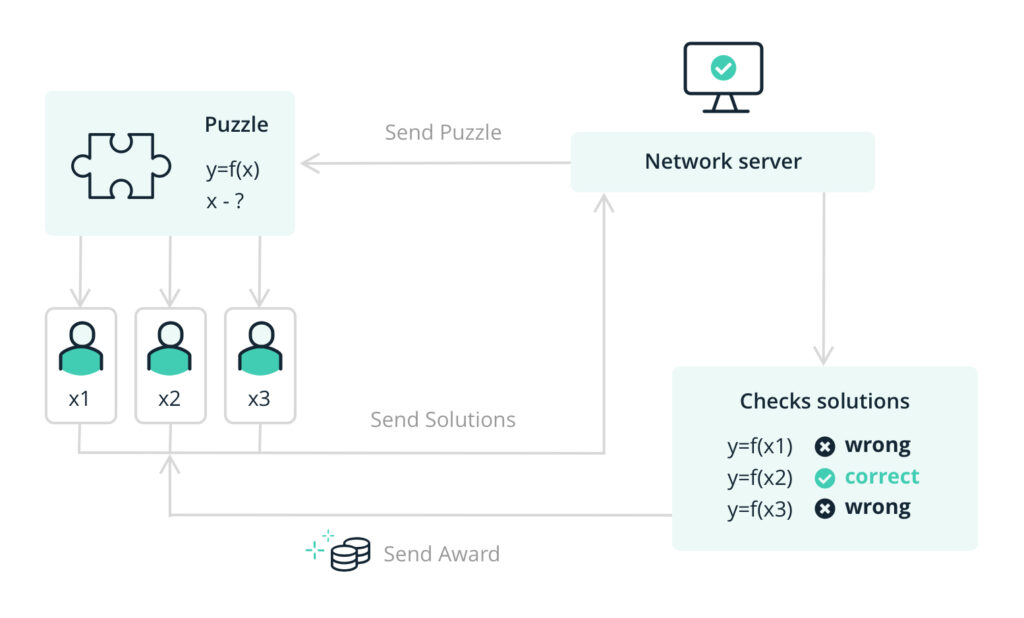Understanding cryptocurrency is no easy feat. It takes serious dedication and research to fully grasp the concepts of cryptocurrency, how it works and what factors are crucial to its development. Many people who research cryptocurrency stumble on the complex concept of blockchain technology.
Blockchain is crucial to understanding how crypto works, but what if you can’t understand blockchain itself? Modern articles include several alien terms when talking about blockchain that can overwhelm any beginner who can’t understand them. Every beginner crypto trader needs their own Blockchain Glossary, but unfortunately, they are rather hard to find except the one we just listed now.
To ensure that you understand blockchain technology to its core aspects without considerable difficulty, we are here to help you out. In this article, we will list several blockchain terms that you may encounter while researching about the technology. We will provide a detailed explanation for these terms and ensure that you, as a beginner trader, know everything you need to know.
Important cryptocurrency terms
1. Altcoin

Any cryptocurrency that is an alternative to the main cryptocurrencies, i.e. Bitcoin and Ethereum, is called an altcoin. Altcoin includes all small cryptocurrencies such as Dogecoin, Cardano, XRP, etc.
2. Bitcoin
The king of all cryptocurrency networks without which the cryptocurrency market we see today wouldn’t exist. It has the highest value out of all cryptocurrencies and goes through regular volatile value changes. Bitcoin is traded in bitcoins (BTC).
3. Address
An address on the cryptocurrency market refers to the series of characters that specify the location of a specific account. You use addresses while trading to send your crypto to the right person and also to ensure that someone else sends you cryptocurrency without any error.
4. Ethereum

The second-largest cryptocurrency network in the crypto market. Ethereum is famous for its immense growth and incredible volatility rate that makes it one of the riskiest yet one of the most popular cryptocurrency options for trading and mining. Ethereum is traded in Ether (ETH).
5. Wallet
A wallet on the blockchain network stores all your cryptocurrencies inside it, much like how a physical wallet stores all your denominations. Wallets come in primarily two types – hot wallets and cold wallets.
6. Cold wallet
A wallet that doesn’t require the internet to work and store your cryptocurrency is known as a cold wallet. There are various types of cold wallets such as a hardware wallet or a paper wallet and they are considered superior in terms of security over hot wallets.
7. Hot wallet

Hot wallets are wallets that require an active internet connection to function. The most primary type of hot wallet is the online wallet that online crypto exchanges give you when you open your account at their website. While not particularly secure, hot wallets are extremely fast and convenient.
Important blockchain terms
8. Blockchain
A blockchain, in simple terms, is a network full of digital information that is encrypted in the form of digital blocks called blockchain blocks. These blocks are connected, or chained, to each other via a cryptographic signature which is where the term blockchain comes from.
9. API

An API protocol allows you to communicate between two software even if they are made from different frameworks. This is integral when you need to integrate your system and software while accessing the blockchain network.
10. ASIC
ASIC stands for Application-Specific Integrated Circuit. ASIC chips are specifically designed for mining cryptocurrency, especially bitcoin, in a demanding environment.
11. Mining
Cryptocurrency mining refers to the act of using a physical rig to access the information on the blockchain network. The mining rig is made to solve a series of complex mathematical puzzles on the blockchain blocks which then rewards the miner with cryptocurrency as a reward.
12. Hash

A hash is a special function specially designed for blockchain blocks. They receive input from us and then deliver a string value called hash value which tells us about the condition of the block. Essentially, a hash is required to confirm crypto transactions.
13. Block reward
When a miner successfully mines a bitcoin block, he receives a reward from the block for his operations in cryptocurrency. Currently, mining each block on the blockchain network right now can give you a reward of up to 12.5 bitcoins.
14. Encryption
An encryption is a security protocol that protects a specific document or file by encrypting it with a key. This makes the document or file inaccessible unless and until you have the specific key. Using the key again on the same file can decrypt your document back into its original state.
15. Gas

Gas is the transaction fee for the Ethereum network that is paid in small ETH units referred to as Gwei.
16. Node
Any system that is connected to the blockchain network and is an active part of it is known as a node. A complete node has the computational strength and ability to access an entire branch of blockchain while a light node doesn’t and instead uses a different protocol to access.
17. PoS
A proof of stake protocol, or a PoS protocol as it is popularly known, is a new cryptocurrency validation protocol that utilizes user systems to validate crypto transactions. This protocol largely differs from the PoW protocol which uses physical mining rigs to validate transactions and access the cryptocurrency’s network. It is used for the newer cryptocurrencies such as Cardano and Ripple.
18. PoW

The proof of work protocol, or PoW protocol as it is more popularly known, is one of the original cryptocurrency validation protocols that existed even before the PoS came into existence. It is used in the most major cryptocurrencies such as Bitcoin and Ethereum. The PoW protocol accesses the pure computational ability of your mining rig and system to generate hash results.
The goal of this PoW protocol is to successfully achieve a hash rate that is able to completely mine a blockchain block without any problem. There is often a huge competition in the PoW protocol as it involves multiple miners working on the same blocks at a time.
Conclusion
There are several blockchain terms that are necessary to know if you are a cryptocurrency trader. We hope this article was insightful for you and if it was, please consider following our website for regular updates as it will help us out immensely.





